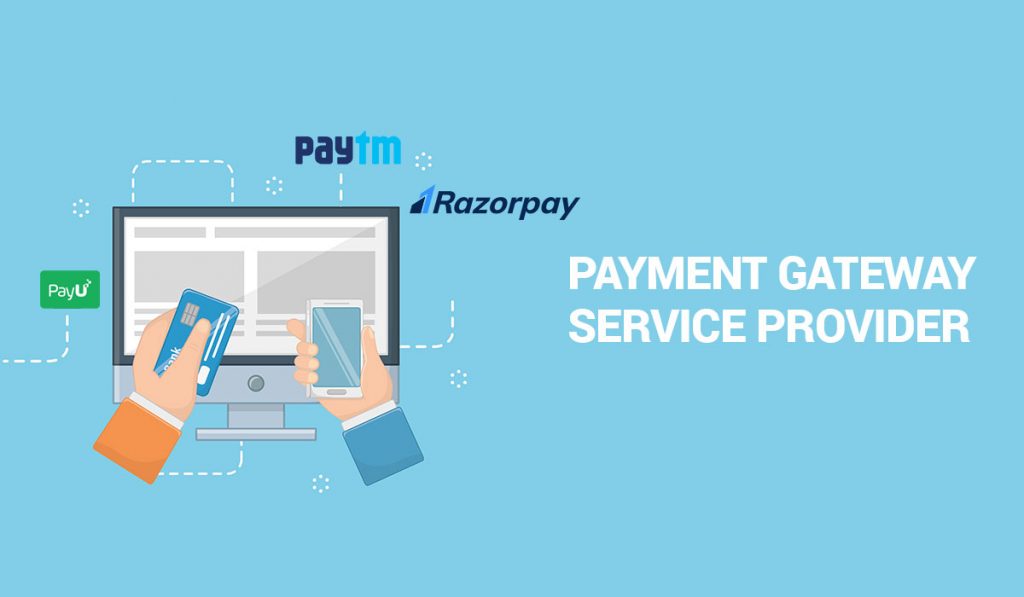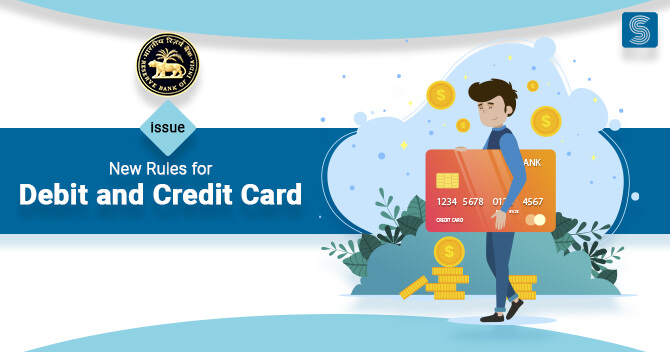How to become a Payment Gateway Service Provider in India?

Khushboo Priya | Updated: Sep 05, 2019 | Category: Payment Gateway System, RBI Advisory
Nowadays, the world has become quite a technology savvy. Whether we want to eat something or have to purchase any cloth, gadgets, etc. everything is now done at just one click. But do you know how you are able to shop online so easily? Well, this is what we call Payment Gateway Service. In this article we described How to become a Payment Gateway Service Provider in India?
Such services help people to perform online transactions with much ease and flexibility. Apart from this, recharges, payment of every kind of bills, etc. are now done through an online channel. If you have noticed, while paying the bill or making any recharges when you click on the option pay now, you are, then, directed to a new page.
This page is known as the payment gateway site of that particular website on which you are going to make a transaction for any goods or services purchased. Therefore, if you find it interesting and wish to start your own payment gateway service in India, read the blog until the end. We have provided all the elementary details required for starting such services.
Table of Contents
What is the Payment Gateway Service?
Payment Gateway Service is a financial service that is rendered through an e-commerce platform. The payment gateway acts as an intermediary between the banks as well as the website that facilitates the communication of transaction details.
Besides, it generates the details from the buyer bank and supplies the info to the receiving bank. Furthermore, it notes the feedback of the merchant bank so as to verify whether the transaction is approved or declined.
Paytm, MobiKwik, Razorpay, etc. are some of the great instances of payment gateway service providers. However, you can start your own payment service until you receive the approval for the same from RBI.
Also, Read: Semi-Closed Wallet License
The Working of Payment Gateway
Once the customer has ordered something from an online portal, there are a series of tasks that the Payment Gateway has to conduct. They are as follows:
Encryption
The customer uses the browser that encrypts the data that needs to be sent to the vendor’s server. Then, the payment gateway transmits the transaction data to the payment processor.
Authorization Request
Once the payment processor has received the data, it will send the same to the card association. The issuer bank will check the transaction at this point and agrees/denies to it, accordingly.
Filing the Order
If the bank agrees with the transaction, the authorization pertaining to the merchant and customer is sent further to the Payment Gateway Processor.
On the receipt of the response from the processor, the same is forwarded to the website for payment processing. This way, the information is inferred as well as the payment is generated. Moreover, the whole process of payment takes just a few seconds only.
Essential Components of the Payment Gateway
There are two most essential components of the Payment Gateway System, namely-
- Merchant Agreement
- Secure Electronic Transaction (SET)
a) Merchant Agreement
It’s a contract between the business and payment gateway service provider. Each party involved in the online transactions is guided by the responsibilities and the rules mentioned in this agreement. This is in context to the acceptance of authorization, payment, processing, and settlement.
b) Secure Electronic Transaction (SET)
Such are the transaction facility provided by the core service providers who deal in electronic transactions such as Visa and MasterCard. The SET lets the merchants verify the payment detail without actually looking at it. The info on the card is directly received by the card issuer for verification.
Laws that govern the Payment Gateway Services in India
Basically, RBI has enacted two Acts for the regulation and governing of the Payment gateway system. They are as follows:
- Payment and Settlement Systems Regulations, 2008
- Board for Regulation and Supervision of Payment and Settlements System Regulations, 2008
Process for starting Payment Gateway Service in India
If you are willing to become a Payment Gateway Service Provider in India, you need to get an approval for the same from RBI.
As per Section 4 of the Payment and Settlement Systems Act, 2007[1], a person cannot operate a payment system until it has received the authorization from the RBI.
Therefore, you are first required to file an application for authorization under Section 5 of the PSS Act. However, before that, you must ensure that you meet the basic requirements for getting the license.
What are the basic requirements for becoming a Payment Gateway Service Provider?
For obtaining payment gateway license, you must fulfil the following basic requirements:
- Your company must be registered under the Companies Act, 2013;
- There should be at least two members or directors in the company;
- A business plan for five years is required;
- Address proof of the business;
- Service Tax Registration Number;
- System Flow and Code Testing Report from the Software Certifying Agency;
- Compliance with PCI DSS.
Procedure for obtaining Payment Gateway License for Starting a Payment Gateway Service in India
According to the PSS Act, the willing entity needs to make an application to the RBI for obtaining the license. For details, read the steps described below:
Step 1: Filing an application to the RBI
As per Section 5 (1) of the PSS Act, the entity must file an application to the Chief General Manager of the Department of PSS at the Central Office of the RBI at Mumbai. Or, it could be sent to such other offices of RBI as particularized by RBI on a timely basis.
Step 2: RBI will check the credentials
According to Section 6 of the PSS Act, the RBI possesses the power to hold inquiries as it could be necessary for satisfying itself regarding the authenticity of the details submitted by the applicant company. Furthermore, it’s essential for checking the credentials of the involved entities.
Step 3: RBI will verify for certain conditions
Before issuing the authorization, the RBI shall take into account the following conditions:
- The need for proposal payment system or the services proposed to be carried by it;
- The medium through which the transfer will take place in the proposed payment system;
- Terms and conditions regarding the proposed payment system including any security procedure;
- Technical standards set for the payment system or the structure of the payment system;
- The financial status of the management and the integrity of the entity;
- Terms and conditions governing the relationship among the customers and the payment providers;
- The method for netting payment instructions that affect the obligations of payment under the payment system;
- Timeframe for authorization;
- Credit and monetary policies.
Step 4: Issuance of Authorization for commencing Payment Gateway Service
If the RBI finds that the applicant satisfies all the requirements as laid down I Section 7 (1) of the concerned Act, it will issue the Authorization Certificate in Form B. Afterwards; the applicant can commence and carry on the payment gateway service.
The authorization will take place in the way as specified by the RBI and from the date as mentioned by the same.
Step 5: Processing of application
According to Section 4 of the PSS Act, the RBI needs to process the application of authorization as soon as possible. Furthermore, the maximum time limit for processing is six months from the date on which the applicant has filed the application for authorization.
Also, Read: What are the Closed Wallet RBI Guidelines?














